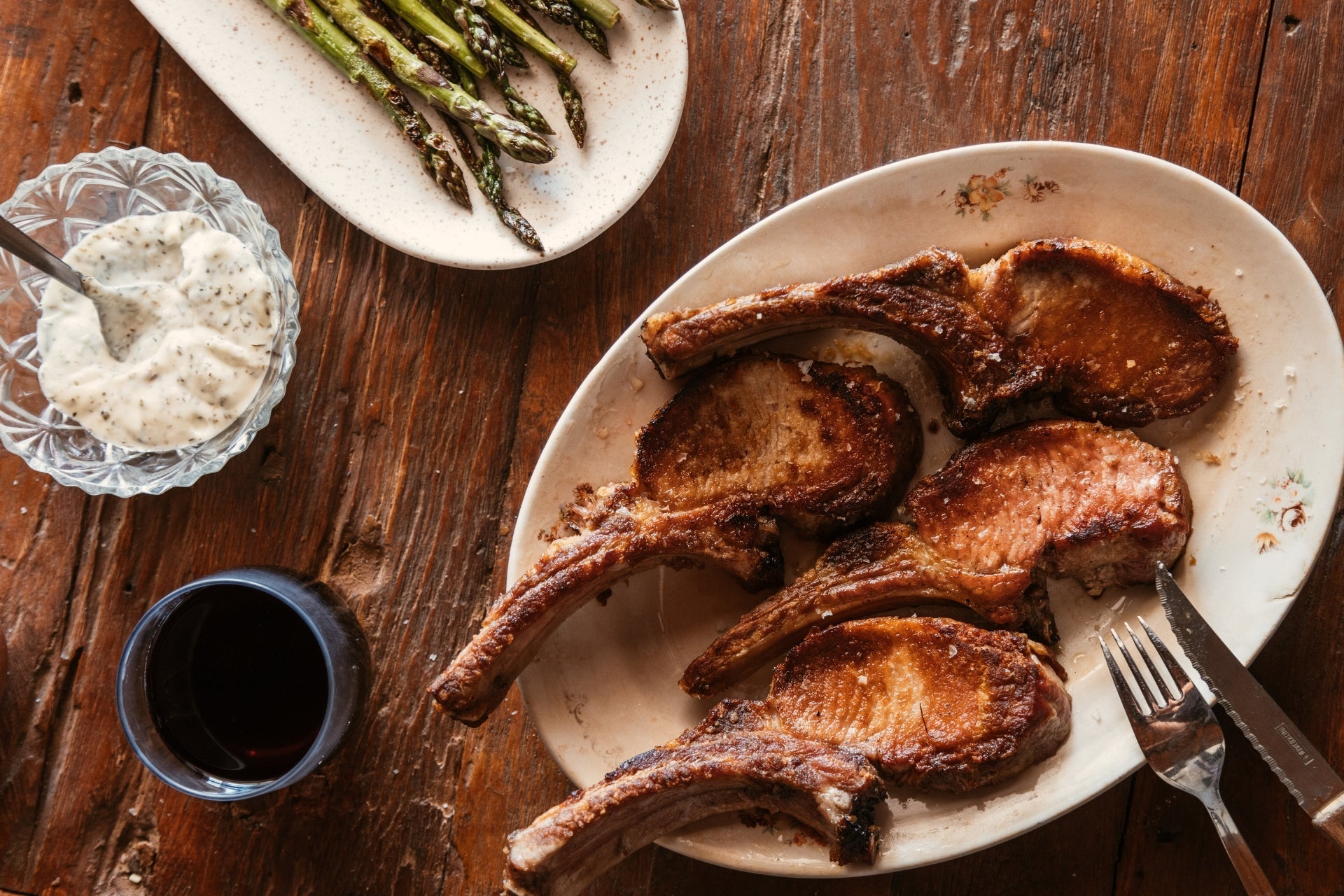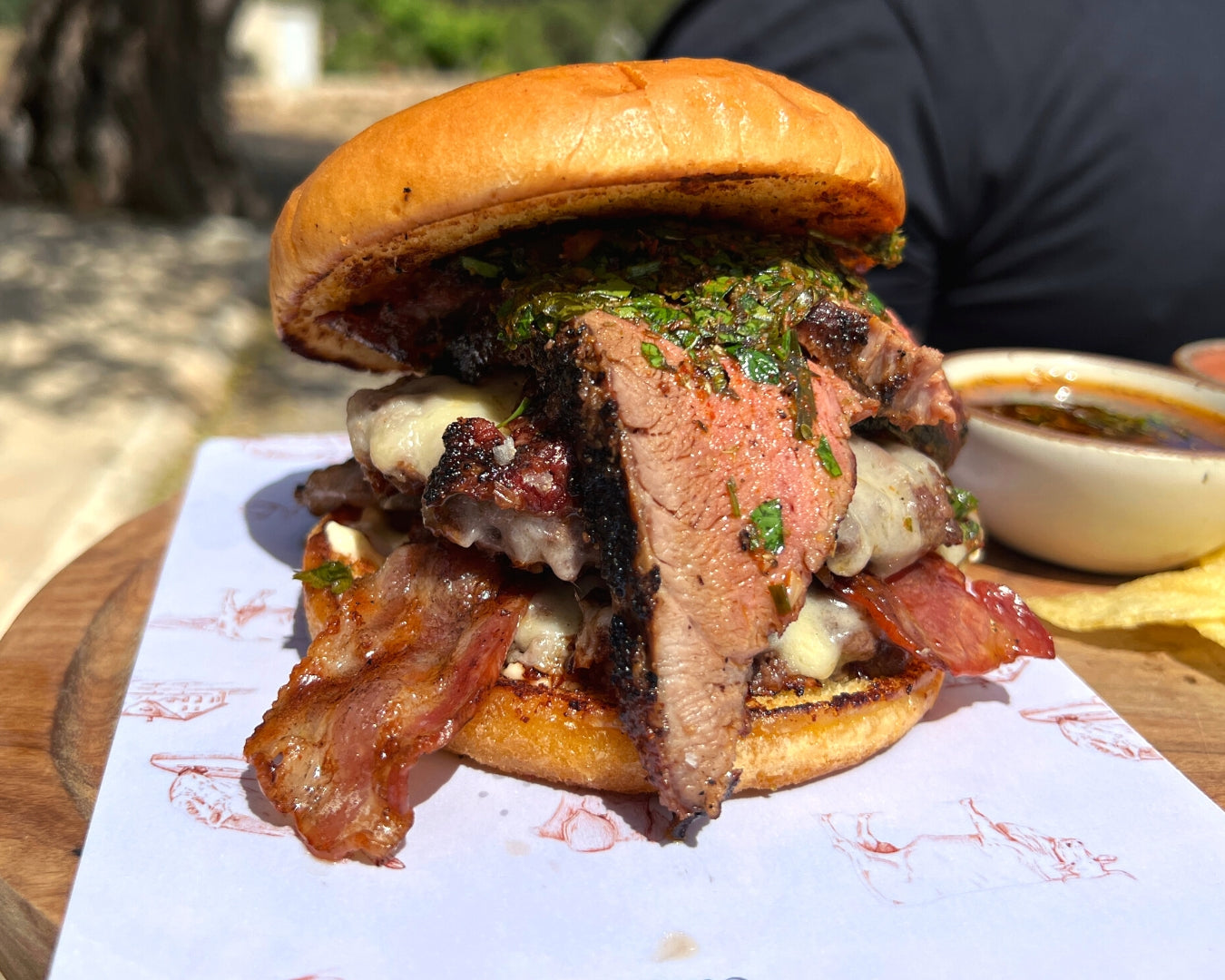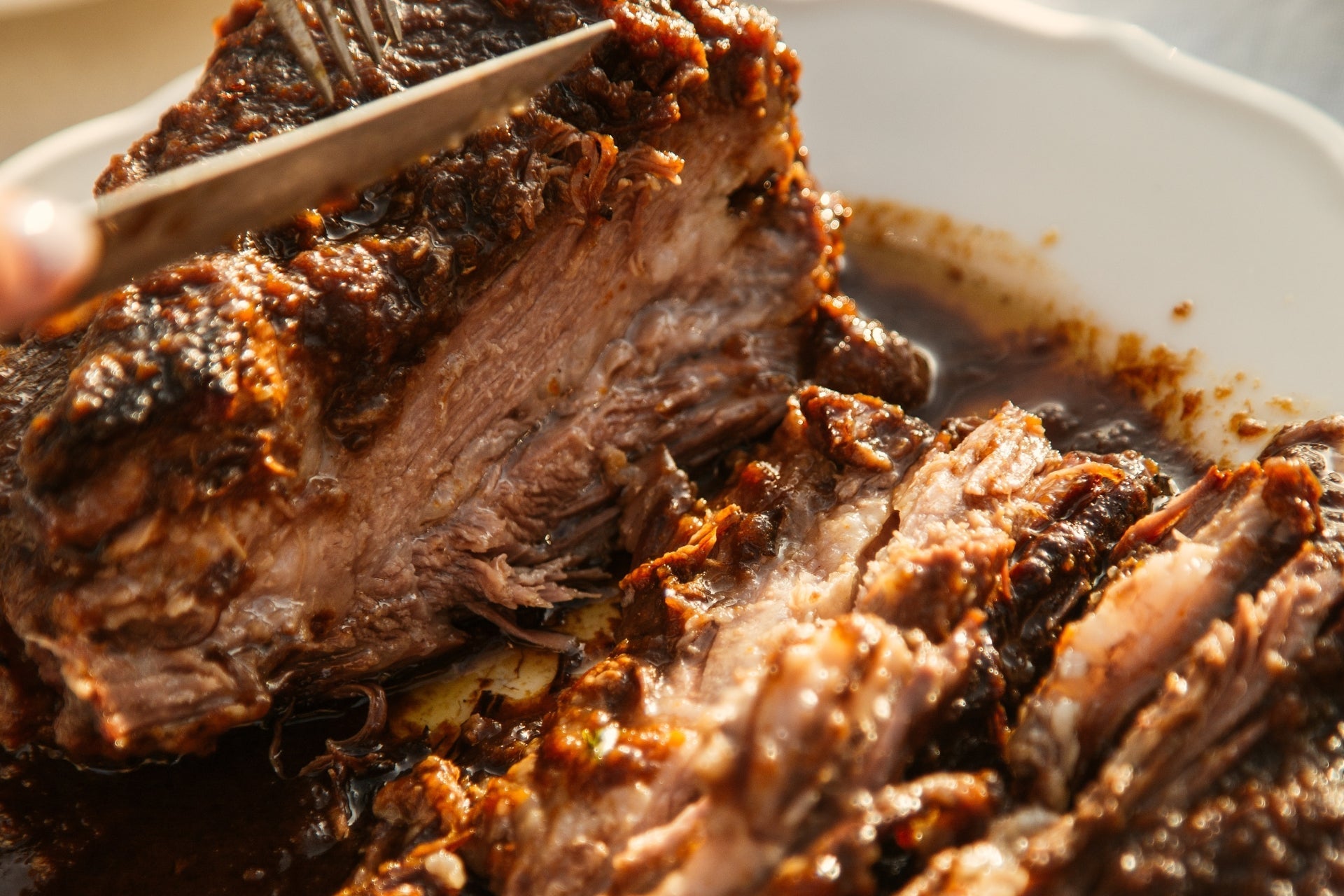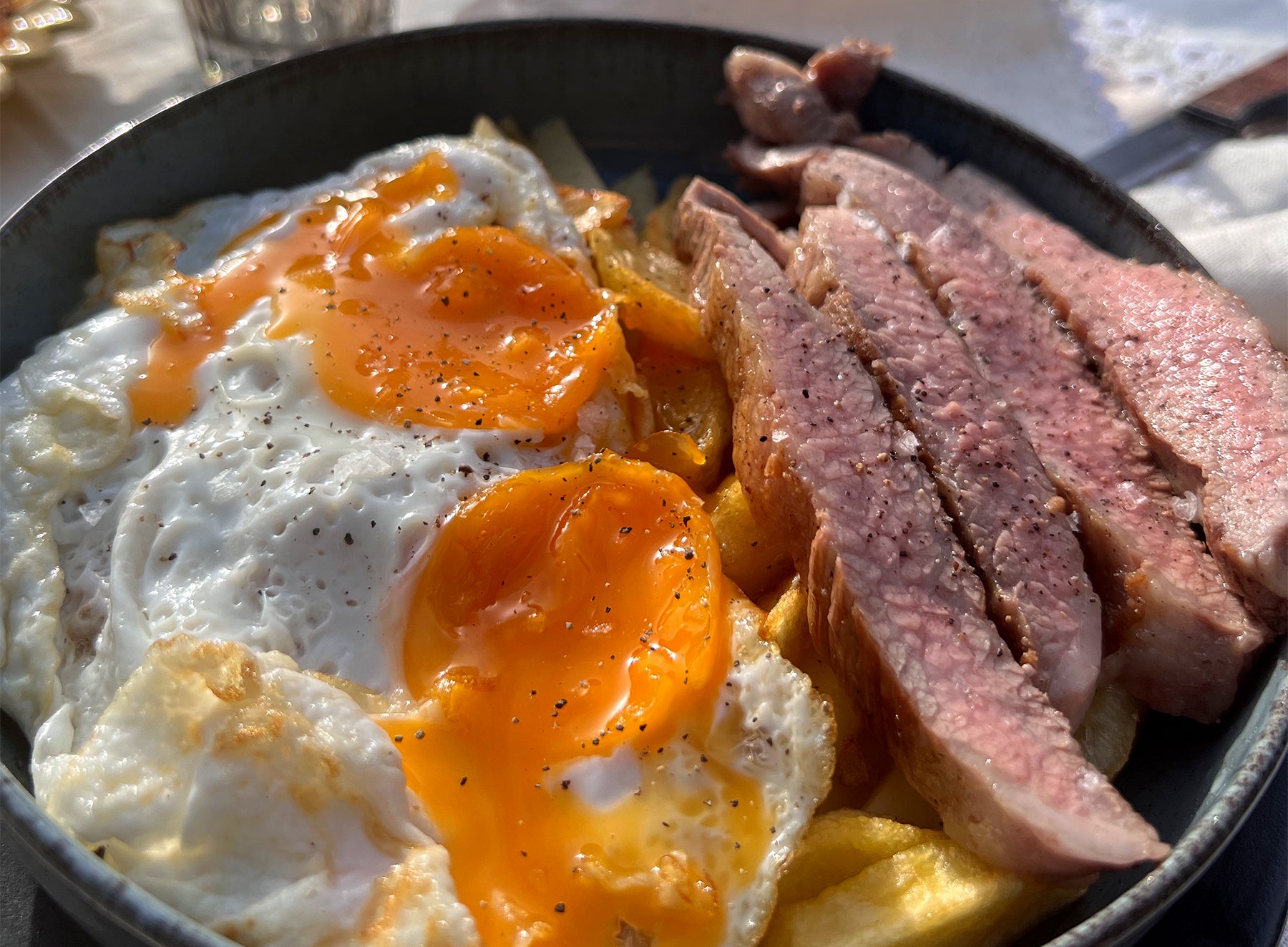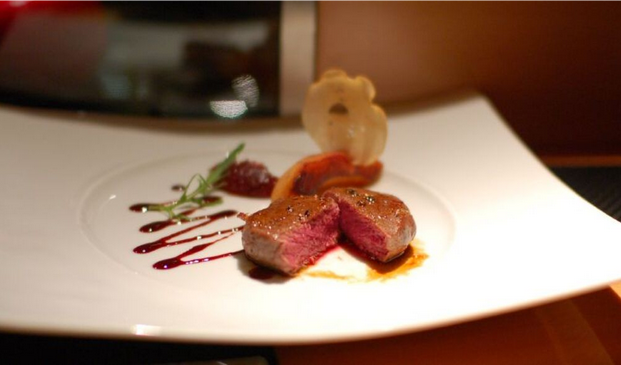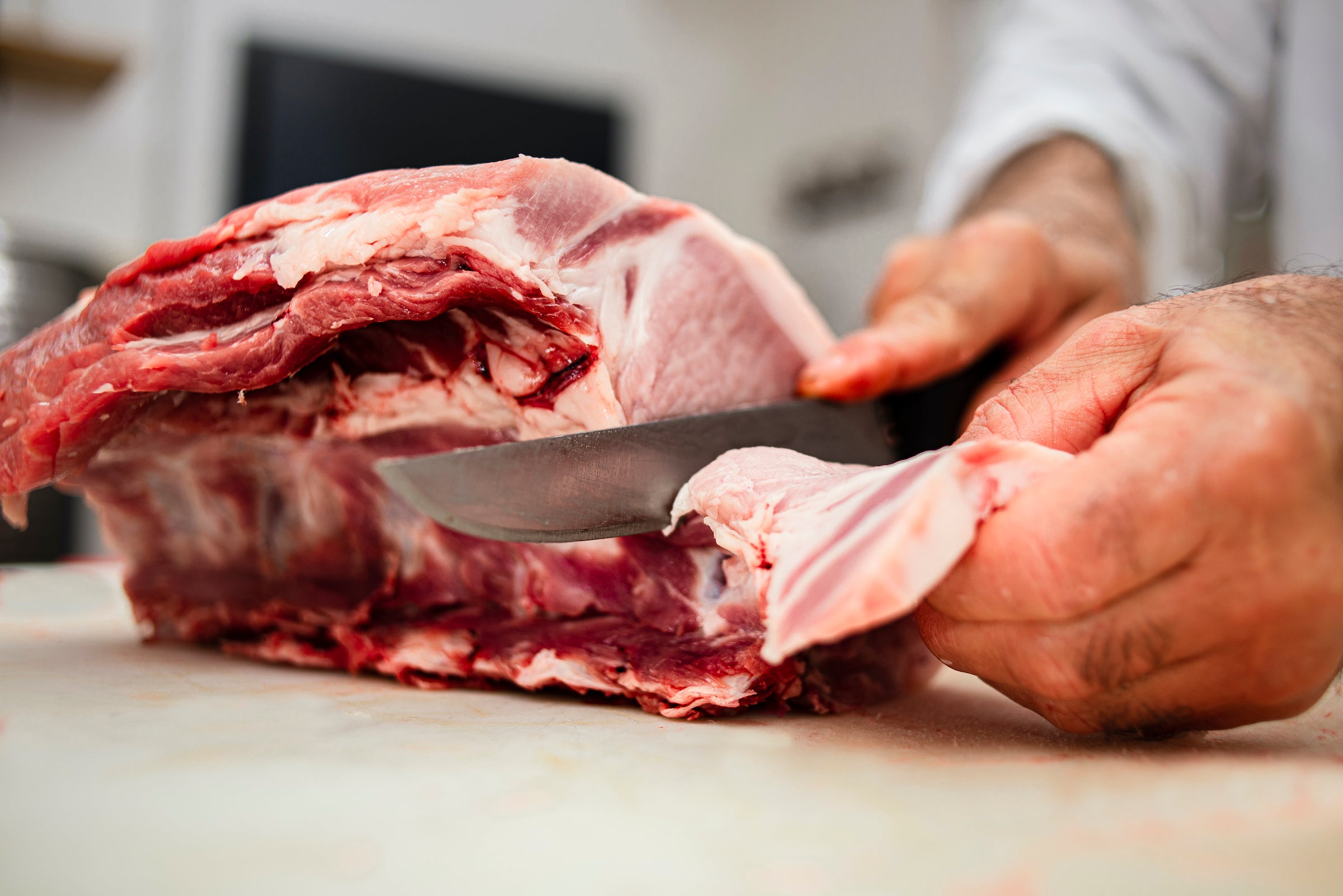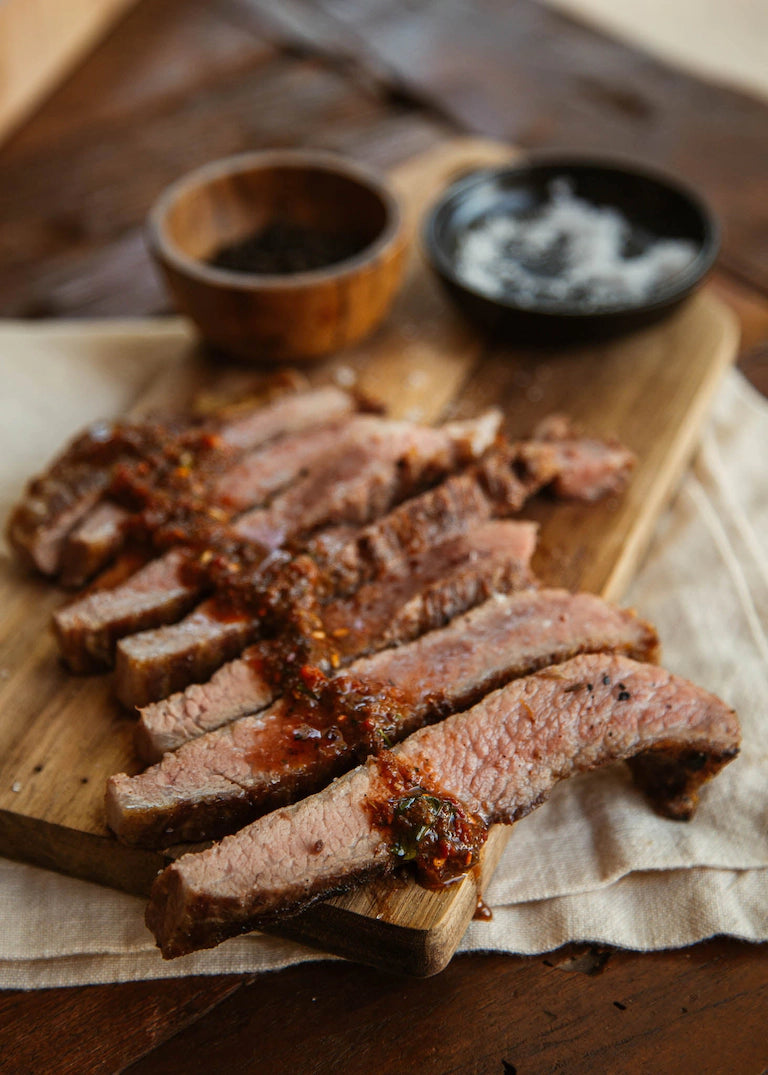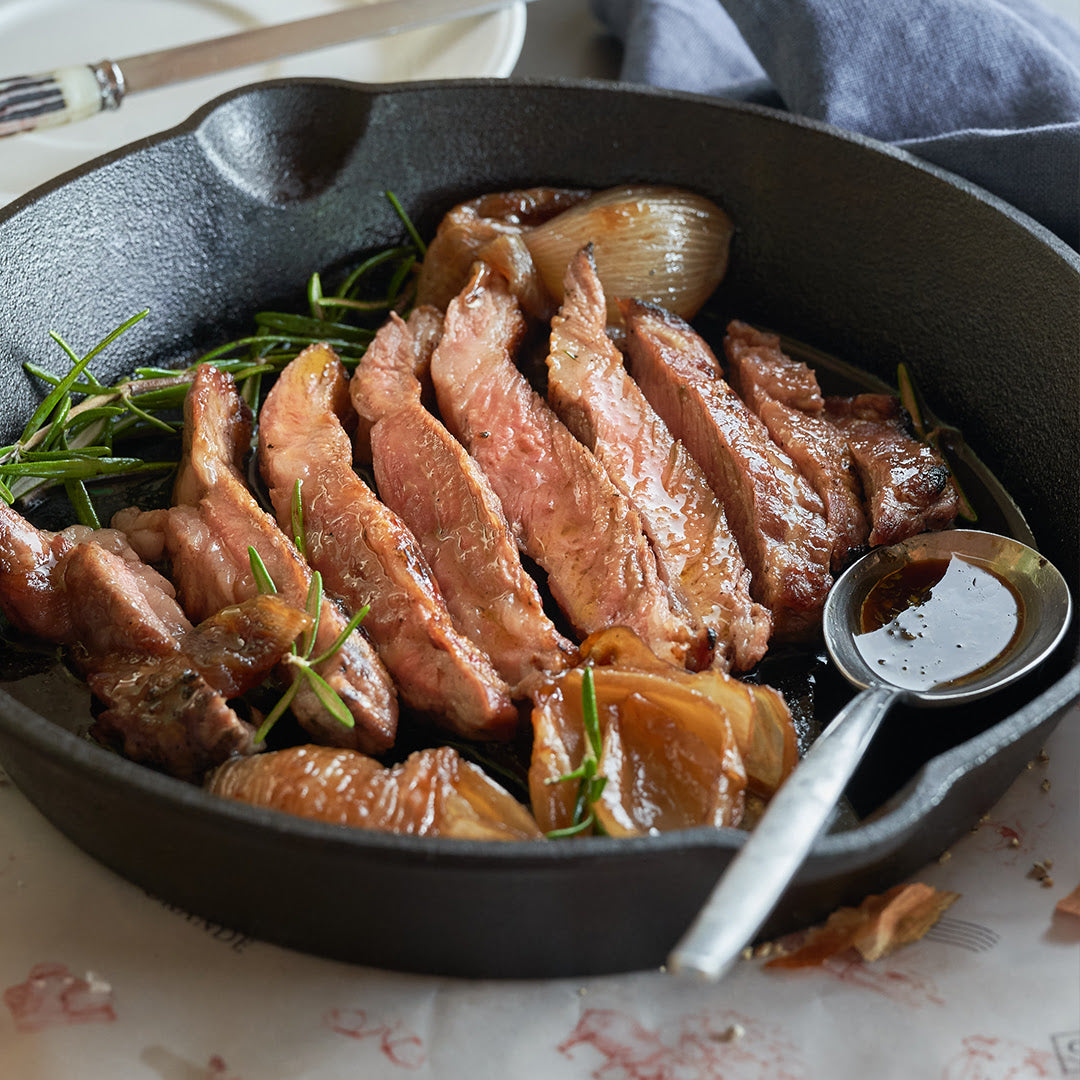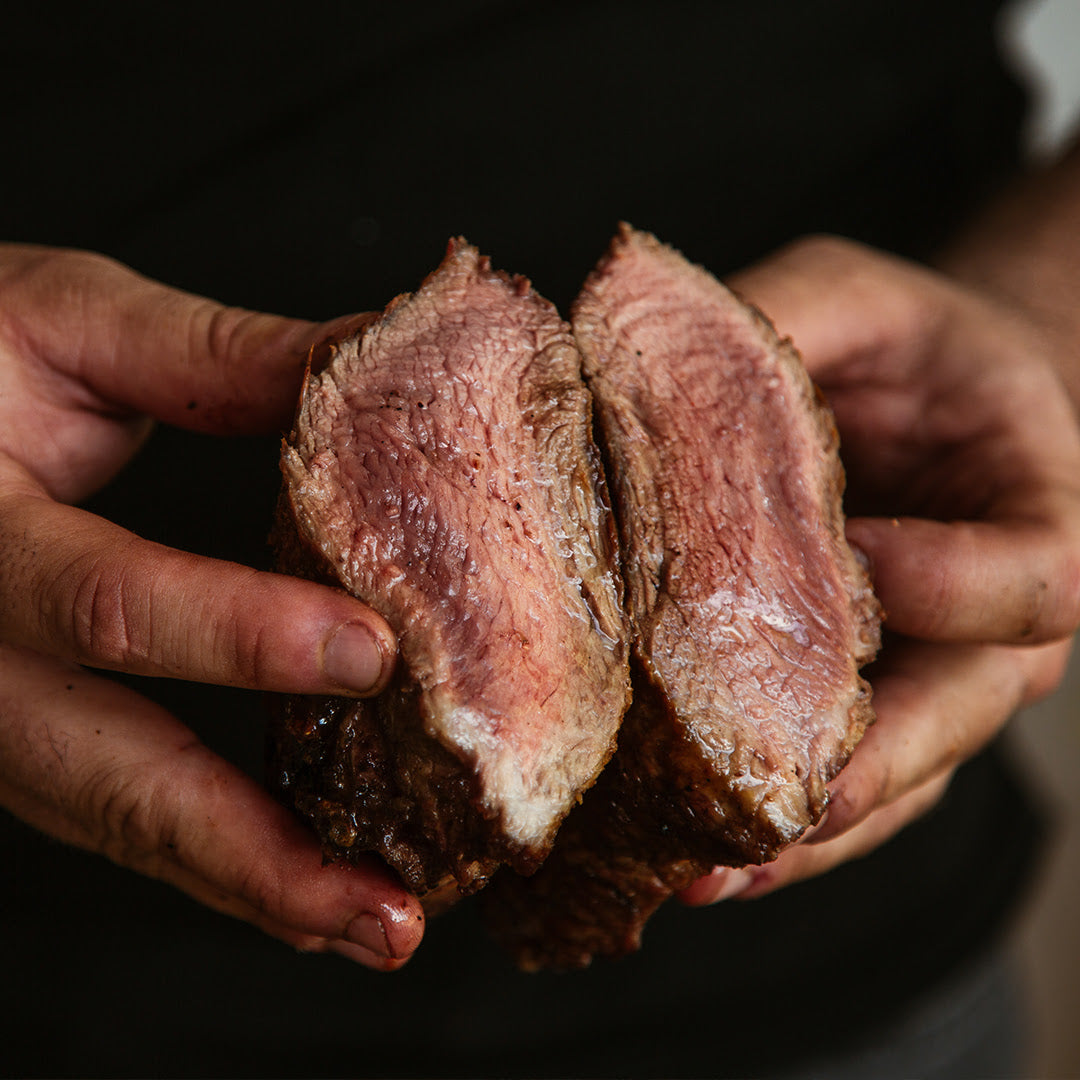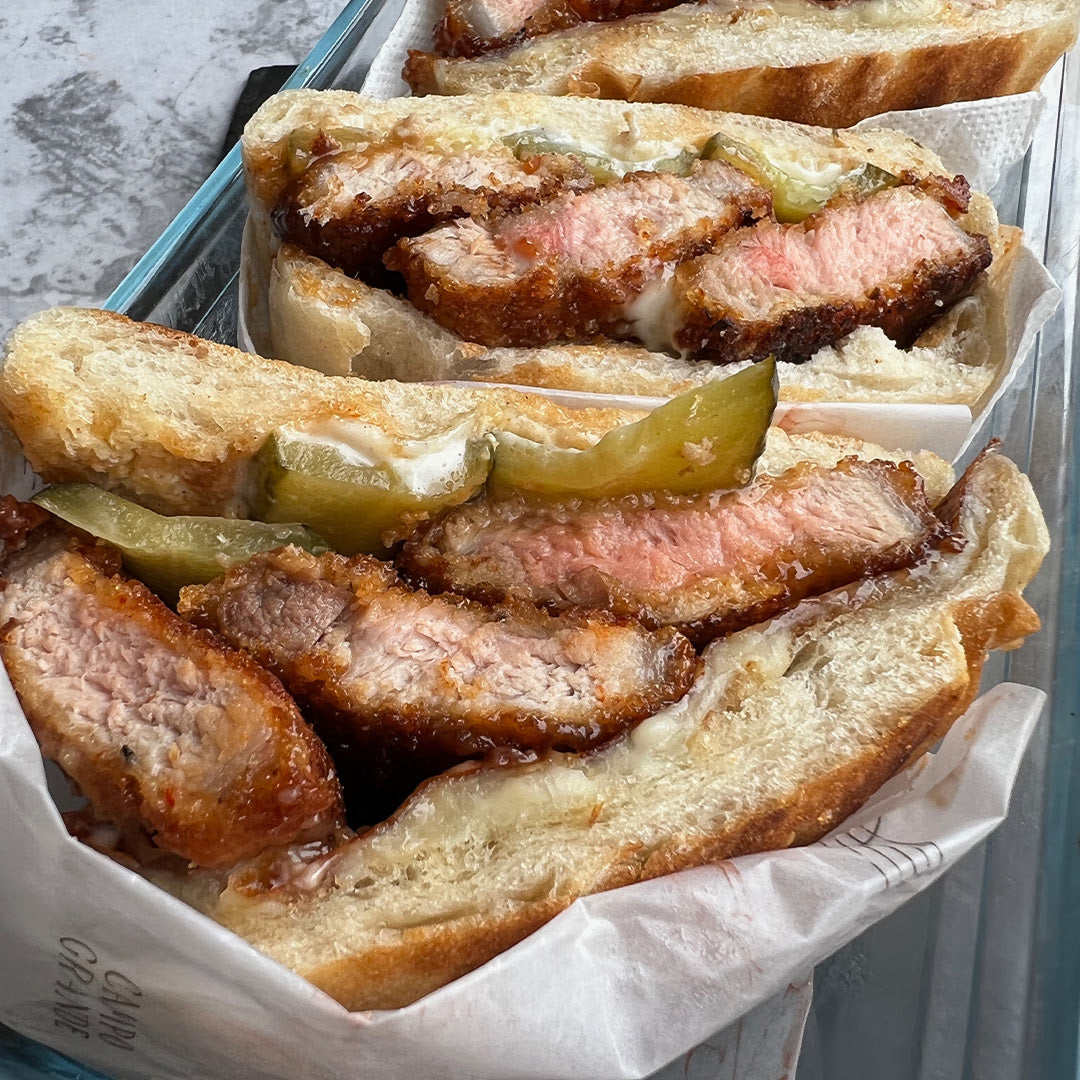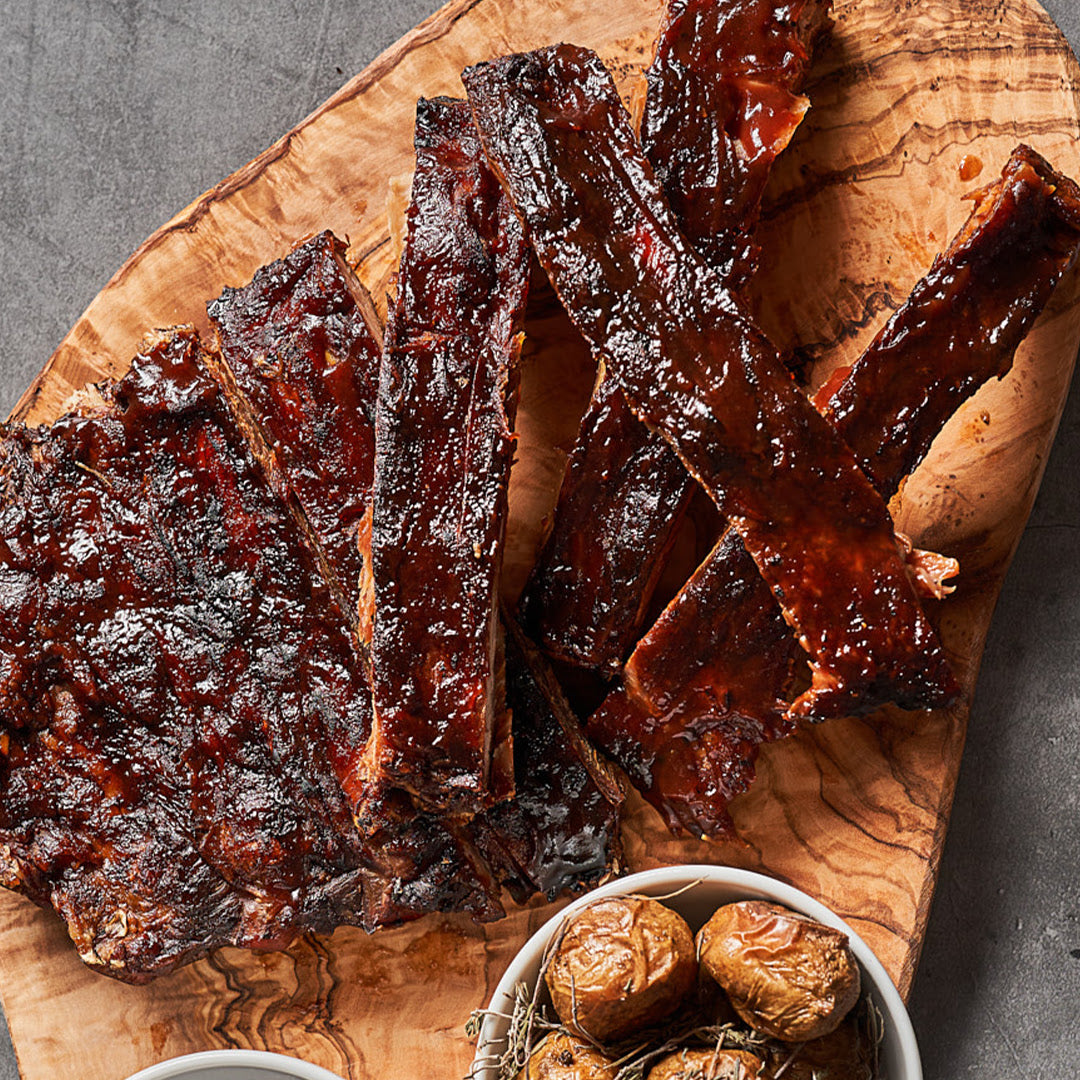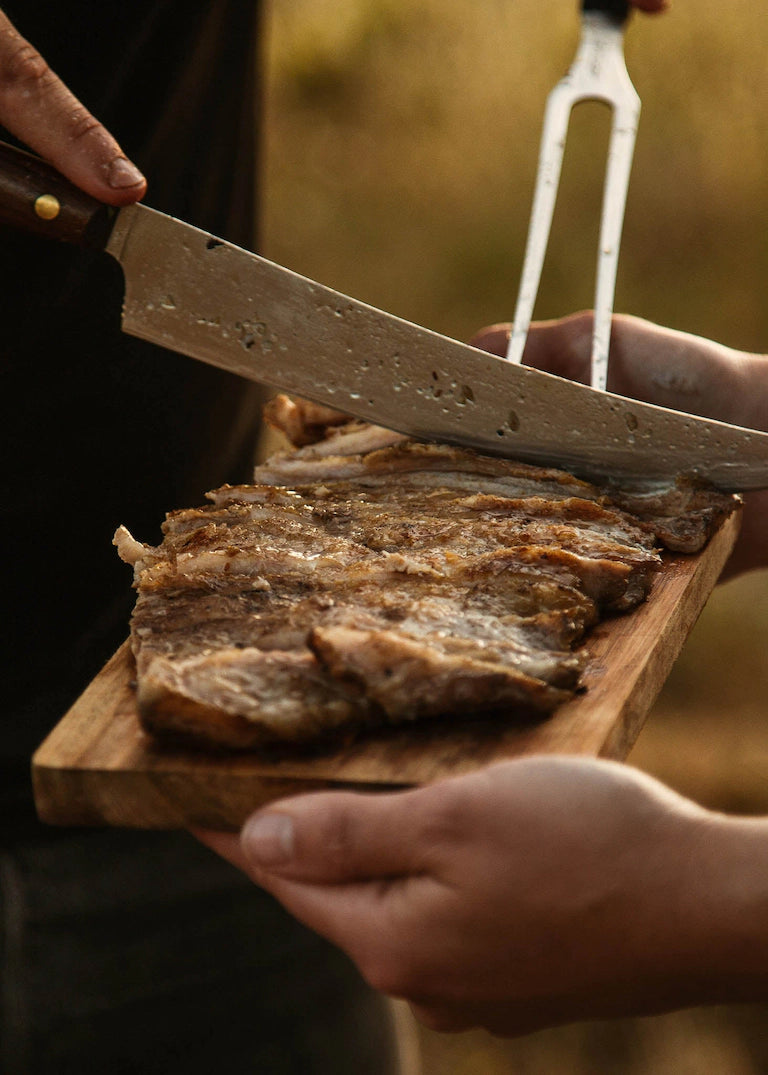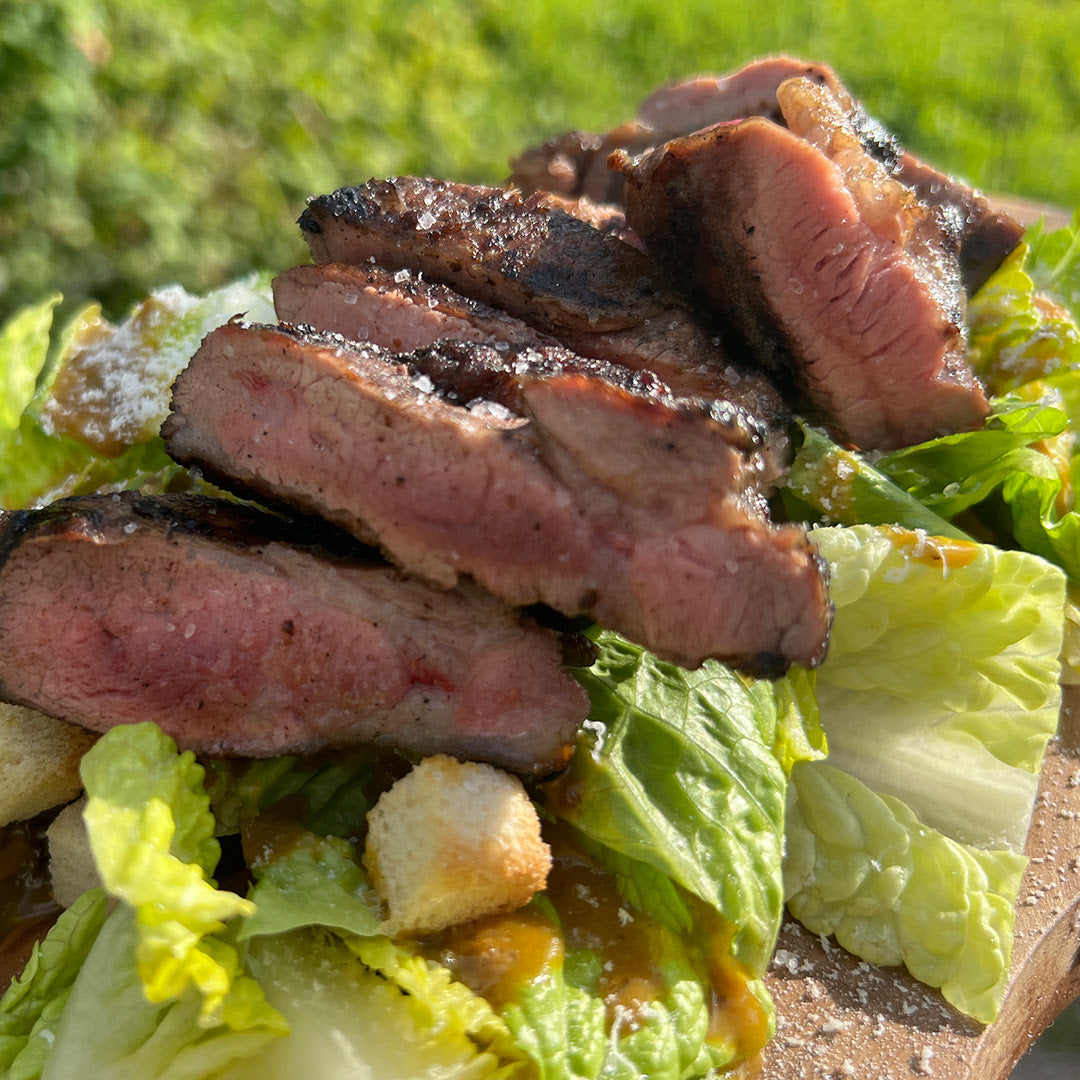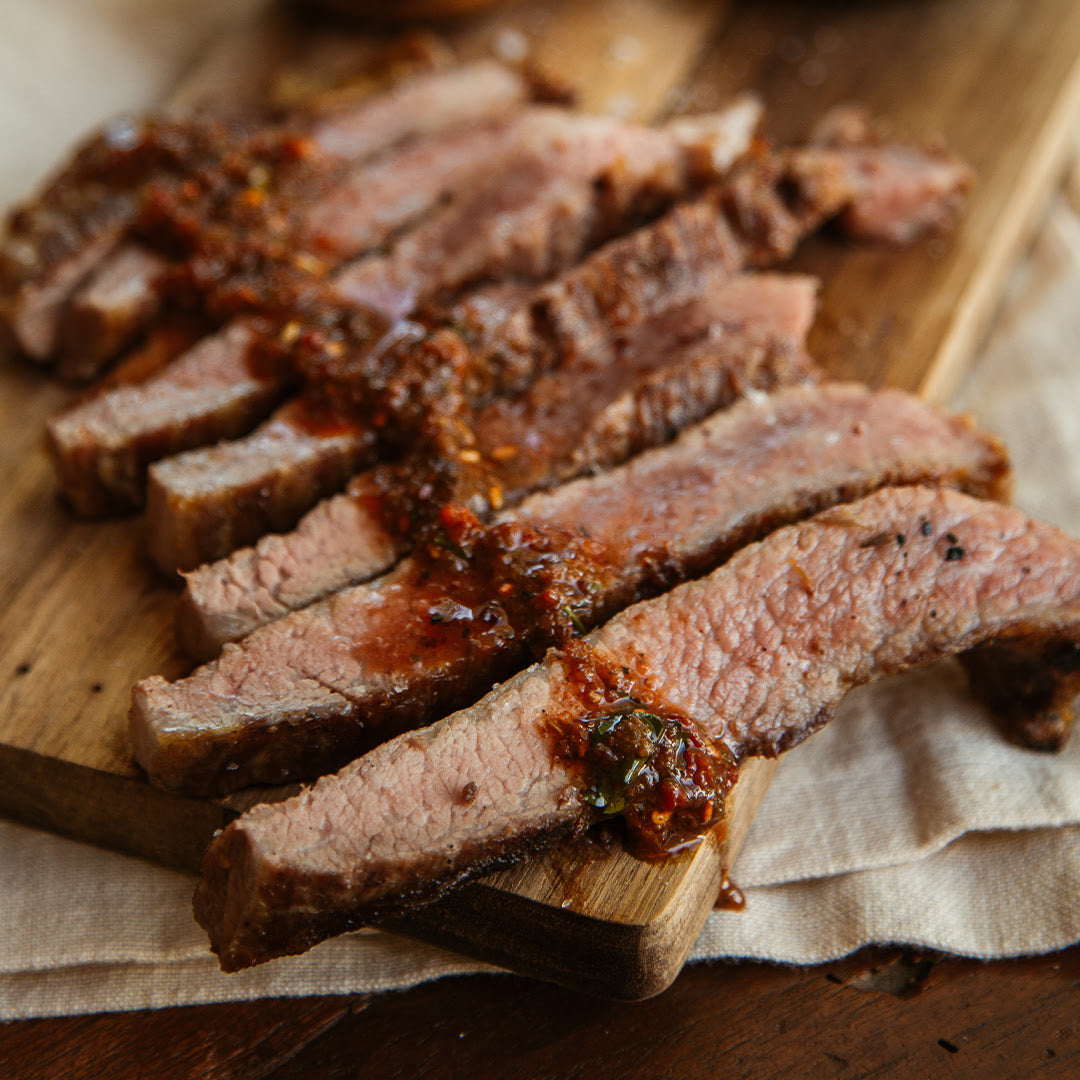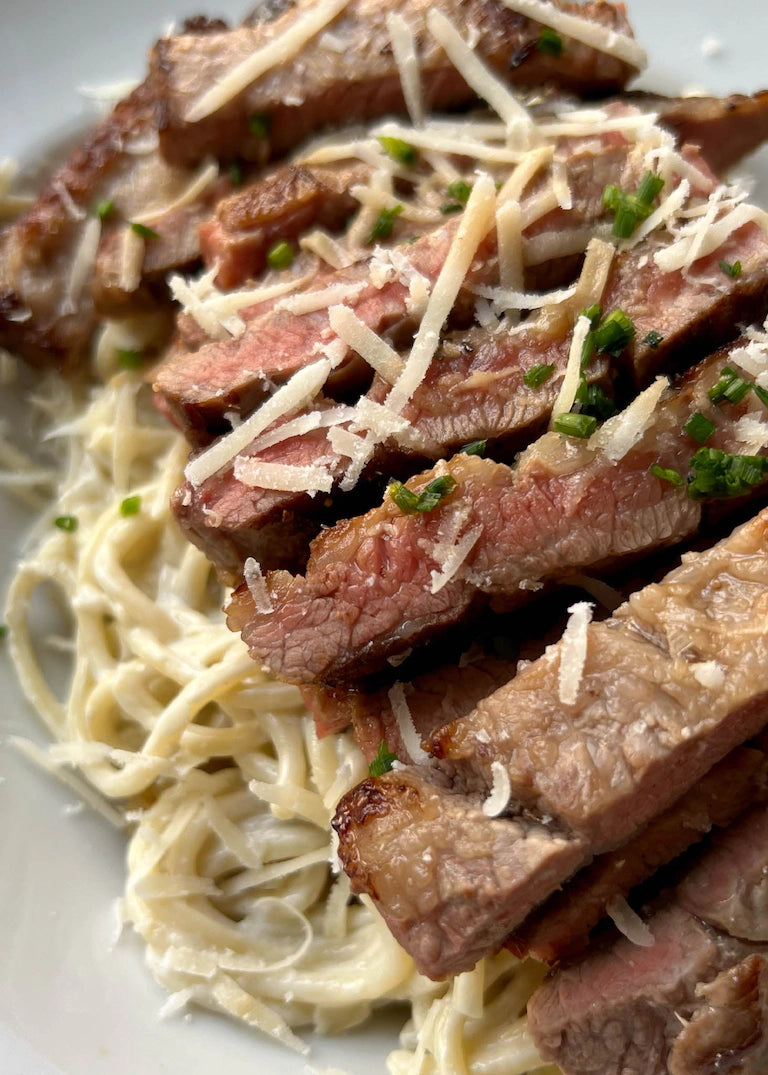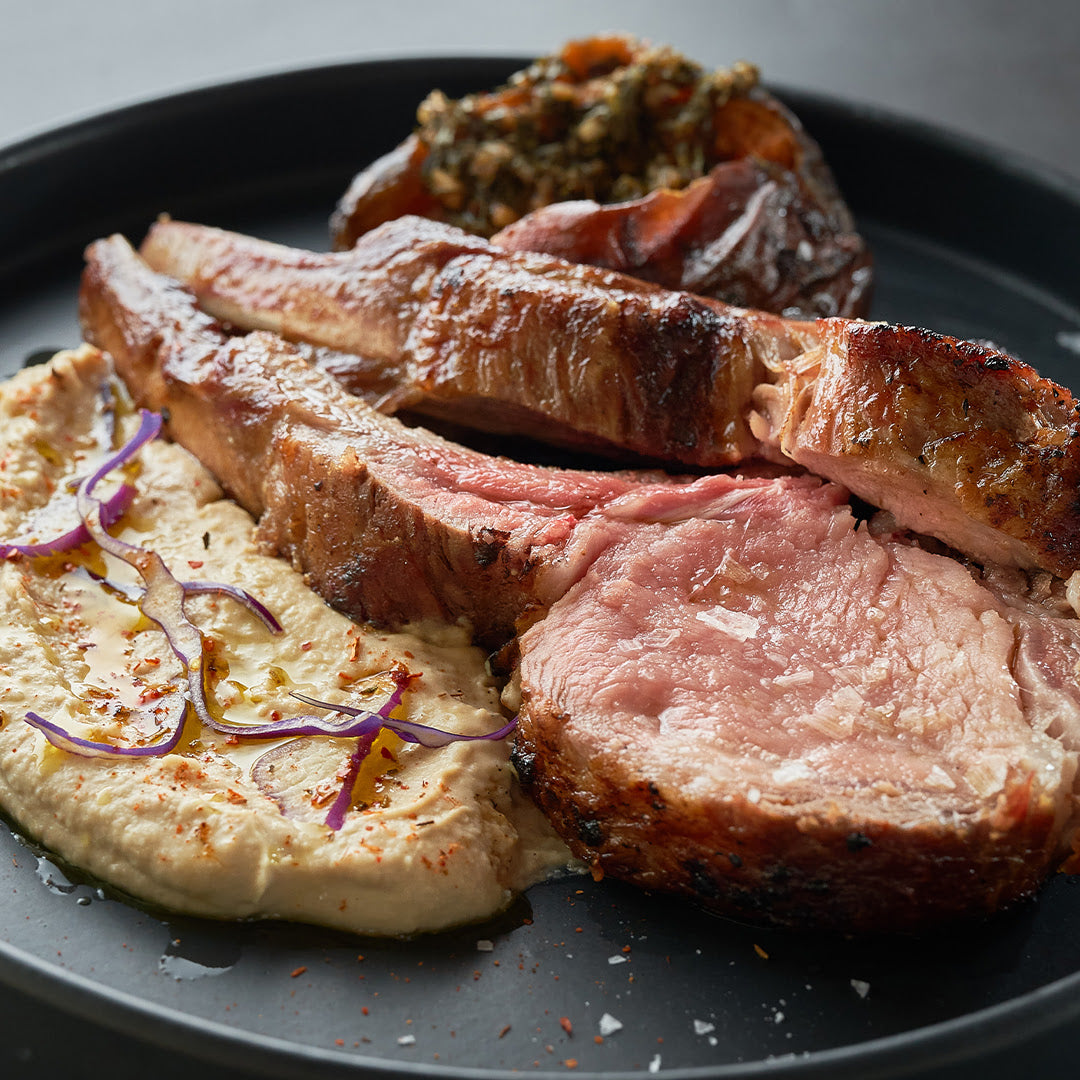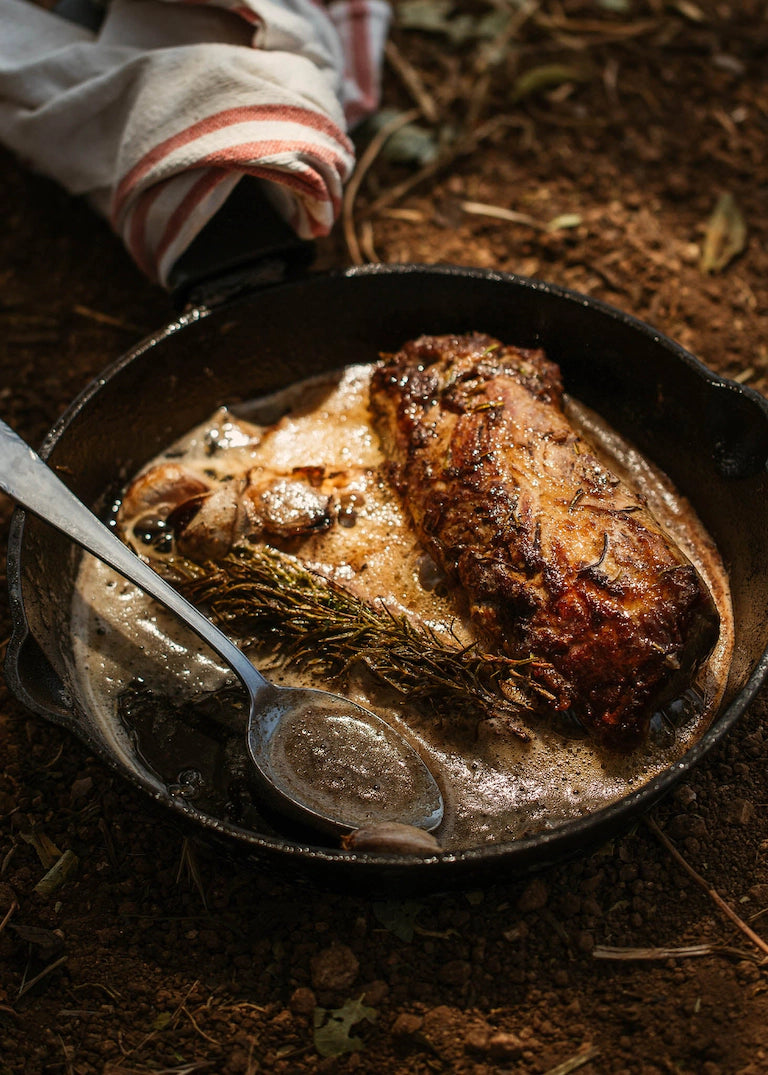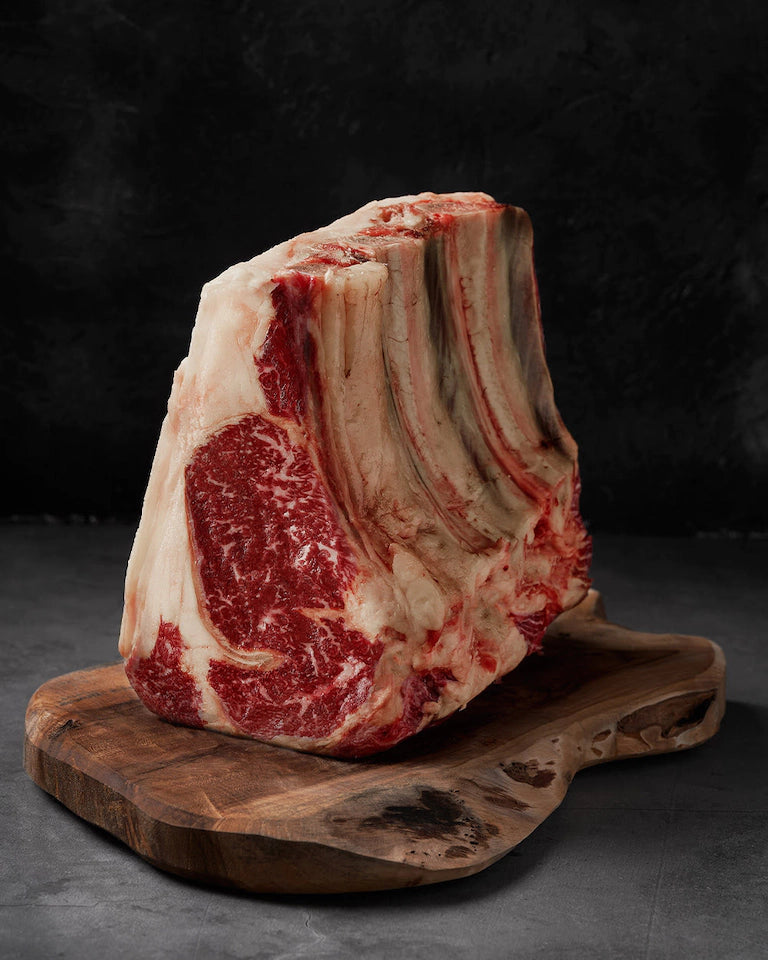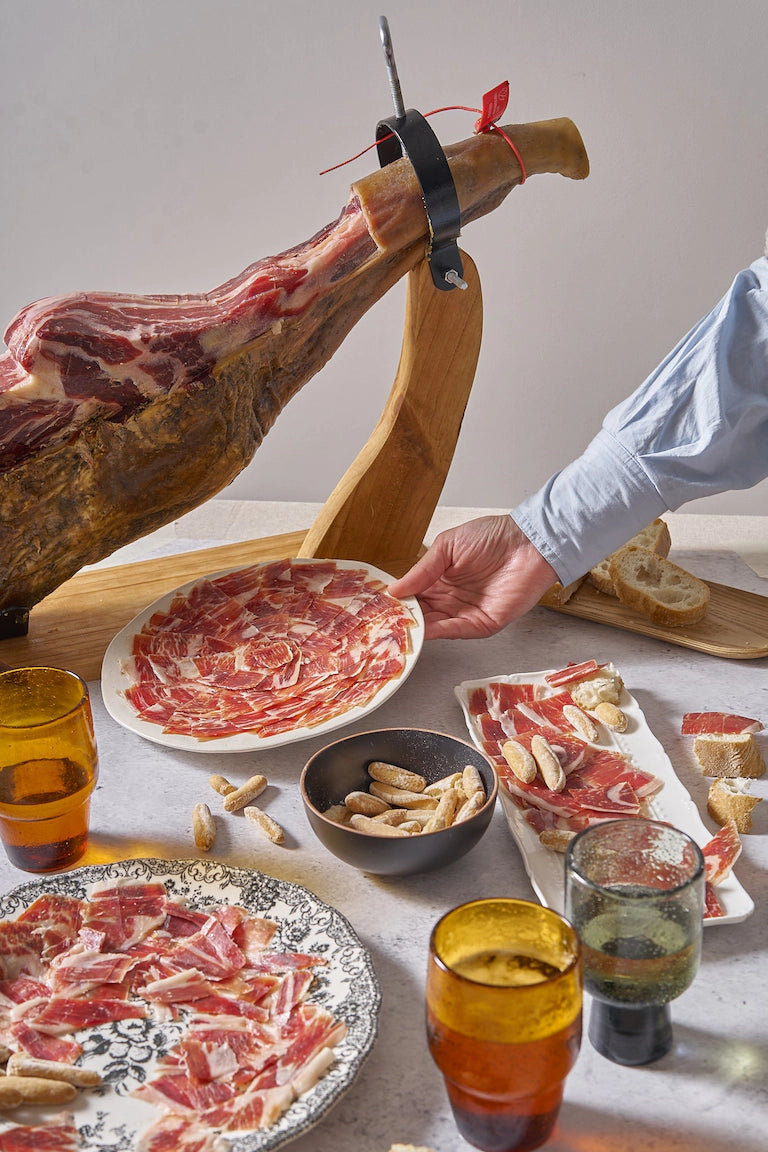
Cocquina is a sedimentary rock that’s made almost entirely of fossil debris. They’re usually mollusks or shells from some type of gastropod. There can also be traces of other invertebrate shell debris, including brachiopod, trilobite, coral, and ostracod. This debris is mostly made of calcium carbonate, which does actually make coquina a type of limestone.
There’s little to no silt or clay-sized particles in coquina, and all the fragments are cemented together quite tightly. Because of this, it’s a very porous rock and can be used as an aquifer for water supplies. Its makeup also makes it a pretty good construction material, but typically only if stronger options aren’t available because it isn’t known for incredible durability and resilience.
Where Does Coquina From?
Coquina usually forms in shallow coastal waters where you’ll find an abundance of sand-size fossil debris brought in through the various active ocean currents. The waves and the movement of the waters needs to be powerful enough to wash away silt and clay, but not so powerful that it begins to erode the fossil debris.
Most of the coquina in the world is found in tropical or subtropical marine waters. Usually along ocean beaches, barrier islands, shallow offshore bars, and tidal channels. In these types of depositional environments, the structure of coquina may also develop other types of sedimentary structures like ripple marks and bedding. There are significant deposits of this limestone along the coasts of Florida and North Carolina. There’s also deposits along the coasts of Australia, Brazil, Mexico, and the United Kingdom.
Can You Eat Coquina?
While the limestone shell of coquina is inedible, you may be pleasantly surprised to find that this shell is often inhabited by a small bivalve mollusk. They live in colonies buried shallowly in the sand, in an offshore area of the beach known as the littoral zone.
The coquina has many names: bean or wedge clam, coorong cockle, ugari, pipi. It doesn’t matter what you call it though, it’s still tasty no matter where you go. The only thing you really need to keep in mind regarding the safety of eating coquina is that they are subject to red tides, just like all other mollusks. Just don’t go out hunting when there’s a red tide warning.
How Do You Eat Coquina?
Before you cook them, you’ll need to wash them. Give them a thorough rinse to get all that sea water and salt off them.
Once you’ve washed them, put the coquina in a pot with cold water that just barely covers the shells. Bring the water to boil, once it’s rolling, reduce the heat and simmer for about 10-15 minutes.
Drain off the broth, and it’s ready to serve. You can top it off with butter or cream, as it enhances the flavor and it also goes great with chilled coquina clams. The little chunks of meat inside are the clams, and they’re also delicious, but you’ll be hard pressed to remove them from the shells entirely, and they can often be quite gritty.
How Do You Use Coquina?
Typically coquina is used as a building stone, most often in places such as Florida and the West Indies. These aren’t the only places though, as deposits of coquina are found all over tropical and subtropical oceans.
Many years ago in 1672, the Spanish began construction on the Castillo de San Marcos fort. Coquina stone was used. Because no one had previously built a fort or large building from this sedimentary stone, they didn’t know how strong it’d be. They were extra cautious with construction and built the walls incredibly thick. The walls facing the oceans were as thick as 19 feet. But this wall made of seashells successfully warded off an attack from the British for 3 days, taking cannon fire by compressing and absorbing the shock. Some cannonballs were stopped entirely, sinking a few inches into the wall, or bounced back off like nothing.
This lightweight stone is veritably bulletproof, and while it’s not the most sturdy building material around it can definitely hold its own. St. Augustine, Florida can attest to that, as they owe their temporary victory against the British invasion to the sandcastle walls that protected them.
Final Thoughts
Coquina is a magnificent structure of nature. It can be used as a cannon fire sponge and ward off an invading army (at least, back in the 1600’s!) and can even feed you. Not only is it a useful building material and a delicious snack, it’s a beautiful structure born of the sea. There aren’t many building materials out there that can boast the color palette that coquina has.
